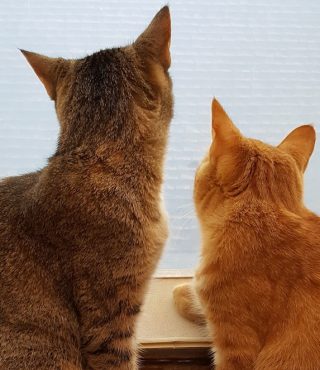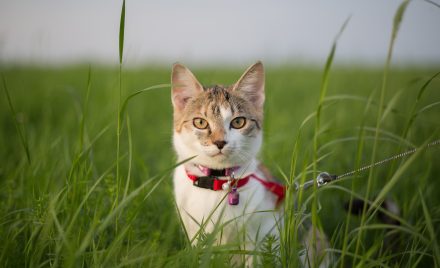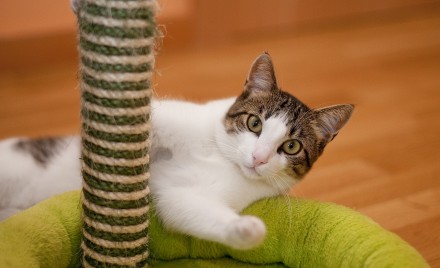A Veterinarian on Outdoor Cats

As a veterinarian, I advocate strongly for cats to have an indoor lifestyle with only supervised outdoor access and I have 3 main reasons: feline welfare, public health, and wildlife conservation.
Feline welfare:
I like cats, they are funny, complex and smart animals that deserve to be valued at the same level as dogs. As a domestic species, the health and mental enrichment of our cats is our responsibility. When cats are allowed to roam without supervision, they can be injured or killed by various hazards such as machinery, cars, larger animals, toxins and freezing temperatures etc. Cats that roam freely get hurt, just ask your local veterinarians, especially those that work at emergency clinics or at shelters. Exposing cats to these risks is entirely unnecessary; there are effective and manageable environmental enrichment strategies. The old dichotomy of indoor versus outdoor cats is becoming obsolete. Outdoor access can be provided with yard enclosures known as ‘catios‘, just like dogs that have a fenced yard. Perhaps the most exciting trend has been harness-training cats, which allows them to accompany their families on hikes, kayaking or even backcountry camping – cats really can have it all.
Public Health:
When either cats or dogs are allowed to hunt wildlife, they can pick up diseases that are dangerous to them and to us. Human doctors tell us that the long-term health impacts of these parasites, although rare, can be significant and severe, especially when people are or become immunocompromised, or babies are infected in utero. Simply preventing your pet from eating wildlife can greatly reduce your risk and the risk to others. Pet owners should be able to decide what parasites they are comfortable being exposed to, but when their animal defecates off their property, they are making health decisions for other people without their knowledge or consent. Municipalities should be protecting their constituents by enacting legislation that reduces unnecessary environmental exposure to these parasites.
Wildlife conservation:
Although a domesticated species, cats — like dogs — still have an inclination to chase things that move quickly, but when they are allowed to kill, nothing about it is natural. Our pets have been fed, vaccinated, protected from predation and so are hardly playing under ‘wild’ rules. It is important to spread the message that wild animals are not enrichment toys for our pets, those animals were key members of an ecosystem, possibly endangered and many of them under federal or provincial protection. Each year, roaming cats kill an estimated 100 to 350 million birds in Canada, and pet cats kill 40% of these! Although habitat loss and climate change are the largest threats to wildlife, on the whole, we need to prevent the additional mortality caused by the several million pets that are allowed to roam across Canada. When our pets are given supervised outdoor enrichment, everyone benefits.
Amy Wilson Ph.D., DVM











